Exhibition | A Century of French Elegance
On view this week in Paris from The State Hermitage Museum:
A Century of French Elegance / Un siècle d’élégance française
Grand Palais, Paris, 10–18 September 2016
Curated by Tamara Rappe

Julien Le Royi, Watch on a chatelaine, Paris, mid-18th century.
The State Hermitage Museum presents the exhibition A Century of French Elegance, organized within the frames of the 28th Biennale des Antiquaires. The exhibition presents 34 works—some on view for the first time—in an installation of important eighteenth-century masterworks from the institution’s renowned collection. For centuries, France represented a certain model of art de vivre for all of Europe and Russia; the eighteenth century was profoundly marked by this ‘French elegance’, found both in fashion and in furniture. The collection of French decorative arts at the Hermitage is considered one of the finest outside the country itself. This is explained by the close Russian-French ties over many centuries. Russian monarchs regularly visited Paris for the acquisition of objects in porcelain, silver and bronze, and were offered exceptional masterpieces as diplomatic gifts.
In 1717, Tsar Peter the Great laid the foundation for official Russian-French relations during a visit to Paris. The main achievement of this visit was that Peter attracted French craftsmen of various trades to Russia. In subsequent years, Russian monarchs almost exclusively took their cue from the French capital. During the reign of Elizabeth Petrovna, French goods arrived from Paris in a constant stream. It was in the period of Elizabeth’s reign that items made of porcelain came to Saint-Petersburg. It was a favourite material in France in the mid-18th century, and the ‘green service’—items of which are preserved at the Hermitage—proves this perfectly. The porcelain plaque with a portrait of Louis XV presented at the exhibition is a rare example of this type of work from the Sevres Manufactory. Under Elizabeth Petrovna, furniture was ordered for the Chinese Palace in Oranienbaum. This delivery included the famous filing cabinet that is now kept at the Hermitage.
However, the main items from Paris in the Hermitage collection date from the time of Catherine the Great. The Hermitage has a unique collection of commissions from David Roentgen dating from Catherine’s reign. The Empress royally rewarded her numerous favourites. The magnificent French porcelain service, the ‘cameo service’, was ordered for Grigory Potemkin. Catherine’s political ambitions were reflected in the works of decorative art connected with Russian military victories. Thus, the Chesma inkstand, a unique work from the second half of the eighteenth century, was designed as a memorial to the victory over the Turkish navy. The author of the inkstand, the goldsmith and enameller de Mailly, created an ensemble which symbolised in allegorical form the victories of the Russian navy in the war with the Turks.

Clock Vase, Sevres, 1780s.
We encounter the name of the renowned enameller de Mailly once again on the signed ‘Egg shaped Vase’ decorated with the scene of the ‘Sacrifice of hearts at the altar of Catherine the Great’. Silver table services were ordered in Paris for the provinces, so that each Russian province would have its own. The Kazan, Yekaterinoslav, Nizhny Novgorod and Moscow services were made by Robert-Joseph Auguste from 1776 to 1782. The attention of the Russian court was focused on the French capital where the empress and her circle placed their main orders. In a very brief period, first class collections of works of art, drawings and cameos were gathered. However, the decorative objects ordered in Paris were not intended to form collections, but were rather purchased to delight the eye and ensure that the imperial palace in Saint-Petersburg was the equal of its European counterparts.
The reign of Paul I was also marked by a keen fondness for everything French. The architect Vincenzo Brenner ordered most of the furniture for Saint Michael’s Castle, built for Paul I, from France. Thanks to this, the Hermitage holds a unique collection of decorative bronzes and furniture bought in Paris at the end of the 18th century. Among these pieces of furniture were the only known console table signed by Pierre-Philippe Thomire, lacquered furniture, and a fall front desk and its matching chest of drawers ornamented with Sevres plaques.

Medal Cabinet, Paris, 1723.
After the 1917 revolution, the fate of the Hermitage collection of decorative arts changed drastically. Through the National Museum Fund, the Hermitage received pieces from nationalized aristocratic collections, many of which had been converted into museums after the Revolution.
Another component of the museum collection comes from the Baron Stieglitz School of Technical Drawing the museum of which became attached to the Hermitage in 1924. The Russian patron Baron Stieglitz bequeathed an enormous sum of money to acquire items for the collection of the School’s museum founded in Saint-Petersburg in the last quarter of the nineteenth century.
Unfortunately, there was a period in the Hermitage’s history when, by order of the Soviet government, paintings and pieces of decorative arts were sold through the special agency called ‘Antiquariat’ established by the Government in order to export the museum objects. This is why porcelain pieces from the ‘Green’ and ‘Cameo’ services, silver from the Orlov, Paris and provincial services, and furniture by Charles Cressent can be found in museums in Europe and America. Despite all the historical vicissitudes, the Hermitage has a unique collection of French pieces of decorative arts. These works are displayed in the rooms of the Winter Palace and the Hermitage. Many of them can be seen at temporary exhibitions, both in Russia itself and abroad. At the Biennale, we are showing just 34 items of French decorative arts from the Hermitage collection, but they give an idea of the high level of our collection dating from the eighteenth century—the century of French elegance.

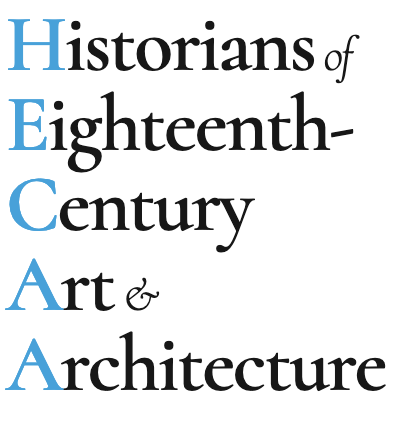

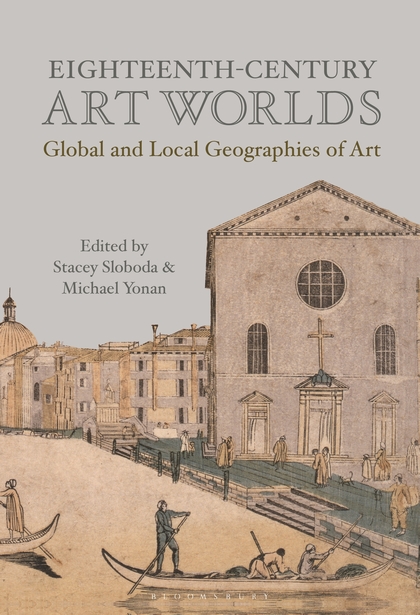

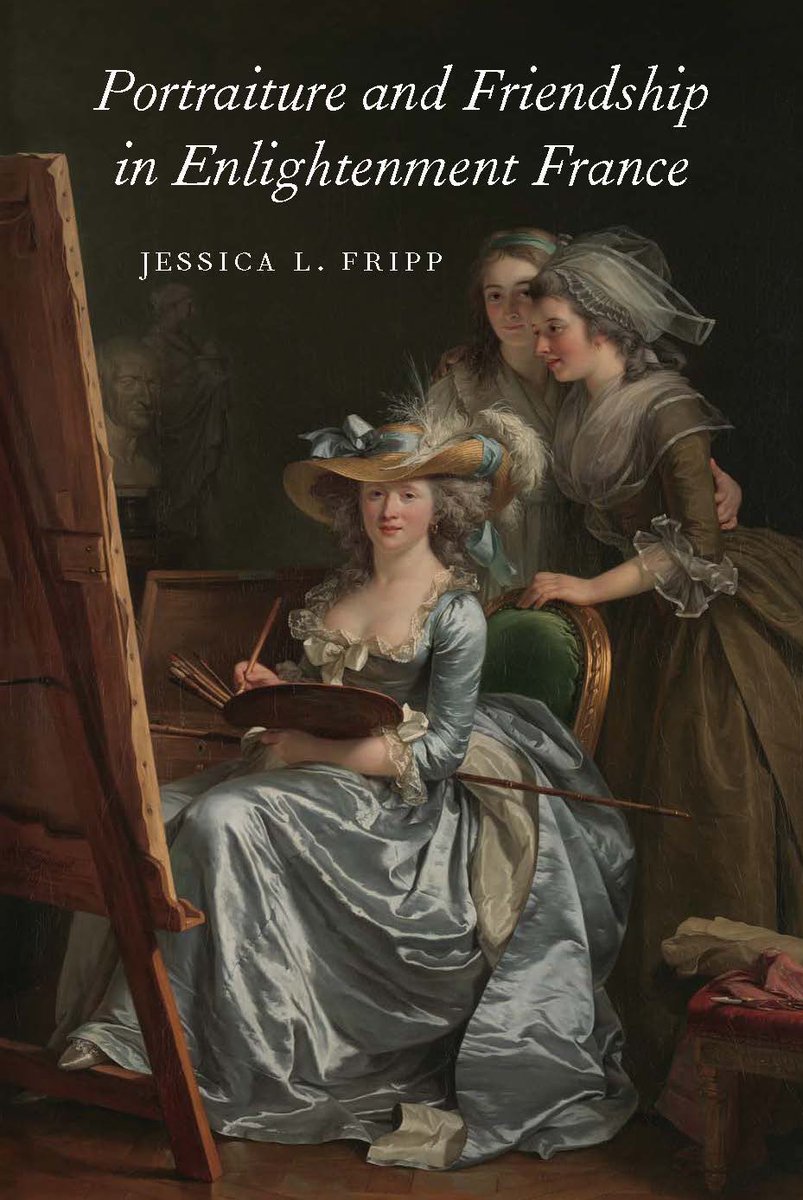















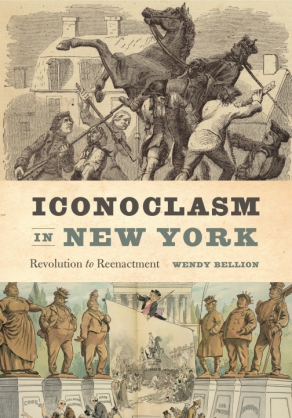



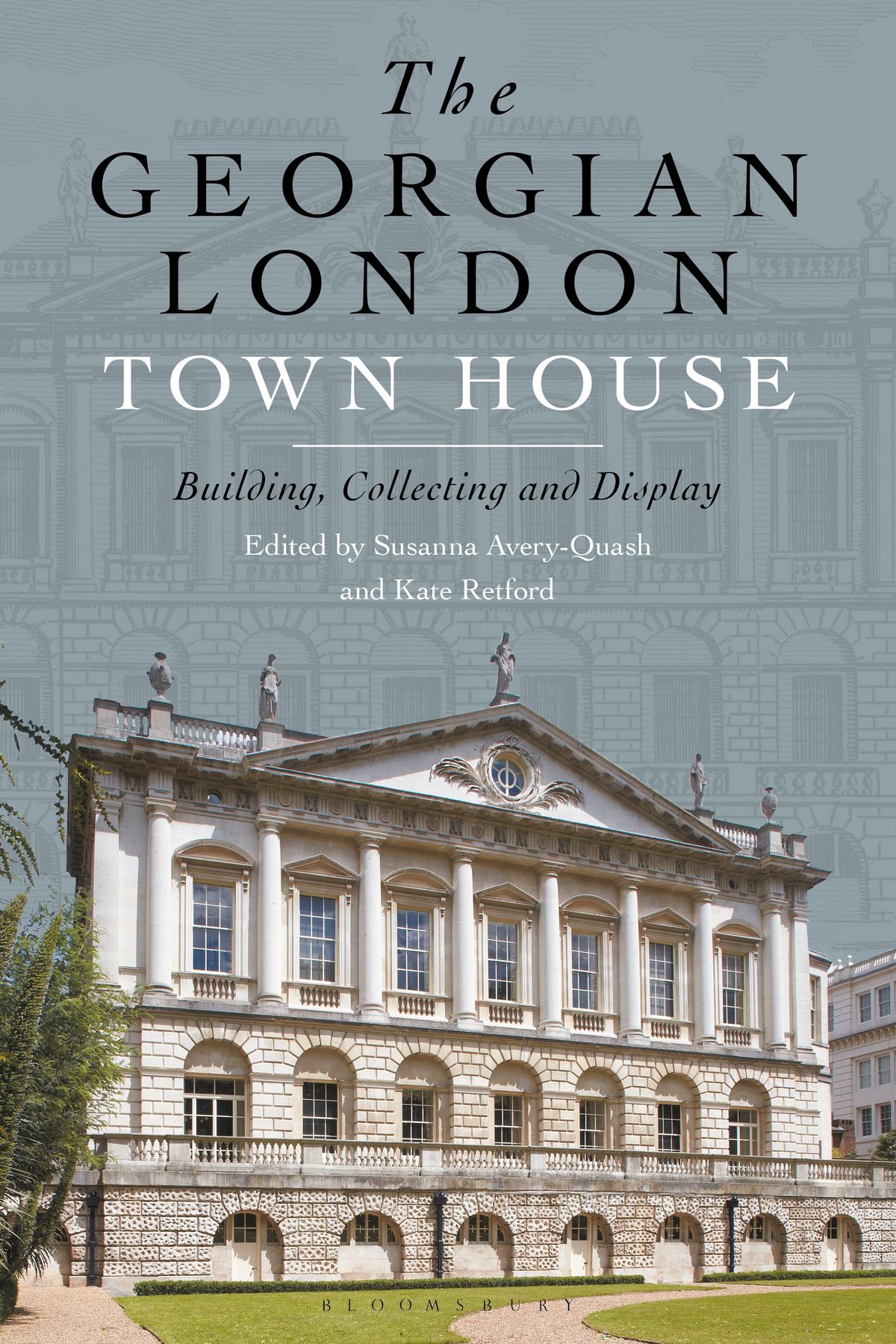


Is there a catalogue?